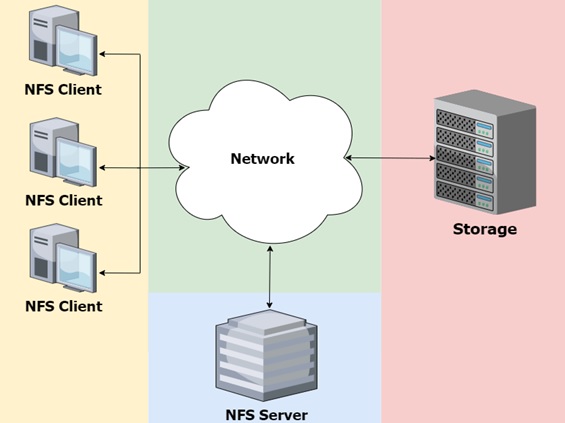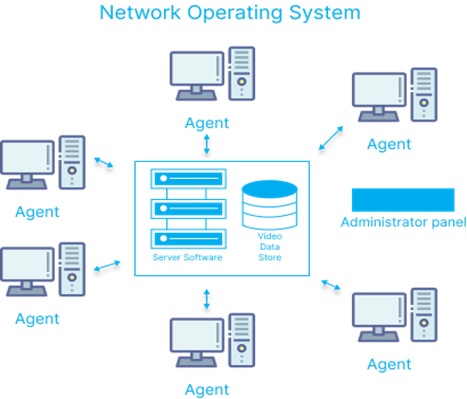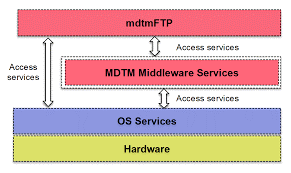Wireless and mobility
This article surveys mobility patterns and mobility models for wirelss networks. Mobility patterns are classified into the following types: pedestrians, vehicles, aerial, dynamic medium, robot, and outer space motion. We present the characteristics of each and shortly mention the specific problems.
We shortly present the specifics of cellular networks, mobile ad hoc networks, and sensor networks regarding mobility. Then, we present the most important mobility models from the literature. At last we give a brief discussion about the state of research regarding mobility in wireless networks.

Figure1. Wireless and mobility
Wireless and mobility is shown in figure 1. Wireless and mobility play crucial roles in modern networking, enabling users to connect to networks and access information without being physically tethered to a specific location.
Wireless networking allows devices to communicate and exchange data using wireless signals, such as radio waves or infrared light, instead of relying on traditional wired connections. Mobility, on the other hand, refers to the ability of devices or users to move freely within a network while maintaining connectivity.
Efficient Support Increases Wireless and Mobile Access:
- We continue supporting your organisation with a range of services for creating access at an affordable cost. Technical services help you isolate problems, service hardware, and minimise disruptions. Expertise and automation tools ensure your wireless and mobility investments are providing secure coverage when and where needed.
- Where self-service is more cost-effective, in-person and virtual services enable you to train existing staff and build in-house expertise. Training enables these workers to acquire the knowledge they need to maintain, troubleshoot, or extend your wireless and mobility infrastructure.
Wireless networking technologies, such as Wi-Fi (Wireless Fidelity) and Bluetooth, have become ubiquitous in our daily lives. These technologies offer convenience, flexibility, and scalability, making them suitable for various applications ranging from home and office networks to public hotspots and large-scale deployments.
Benefits of wireless and mobility:
- Flexibility and Convenience
- Increased Mobility
- Scalability
- Device Proliferation
- Collaborative Environments
- Internet Access
- Emerging Technologies
Important to consider some challenges associated with wireless and mobility in networking:
- Security
- Interference
- Bandwidth Limitations
- Reliability
In conclusion, wireless and mobility have revolutionized networking by enabling flexible and seamless connectivity in various environments. The advancements in wireless technology and the proliferation of mobile devices have significantly transformed the way we communicate, access information, and interact with our surroundings.
References:
- https://link.springer.com/chapter/10.1007/11611257_9
- https://igxglobal.com/solutions/networking/mobility-and-wireless
Cite this article:
Gokula Nandhini K (2023), Wireless and mobility, AnaTechMaz, pp.113















